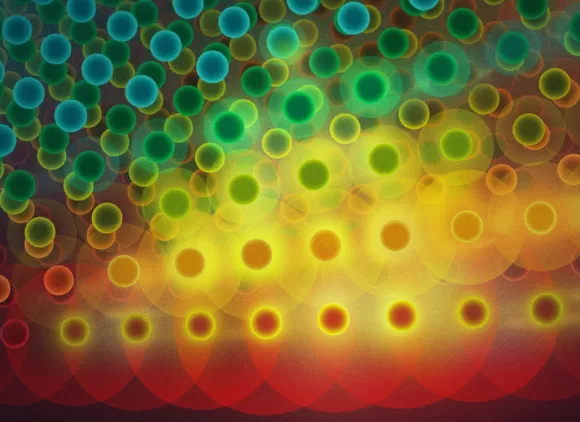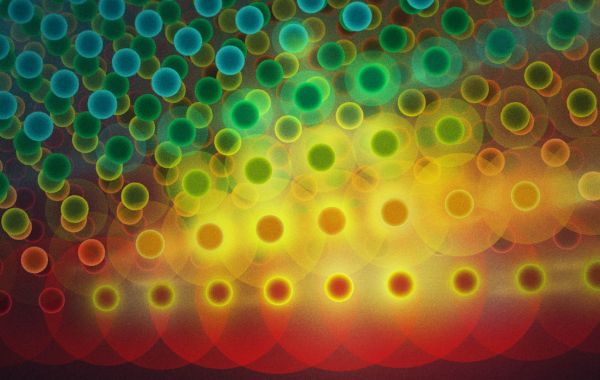About the series
The EVLA Project -- a major upgrade of the Very Large Array -- will be completed at the end of this fiscal year. The central goal of the project -- to enhance the capabilities of the VLA by one or more orders of magnitude in all key areas except spatial resolution -- has been met. These vast improvements have indeed produced an essentially new instrument. In recognition of this, the array will be renamed the Karl G. Jansky Very Large Array at a dedication ceremony at the end of March.
Although the project is nearly completed, development of the full suite of potential capabilities will be an ongoing activity. New observing modes, new calibration modes, and new data processing capabilities will be needed to permit our future users to take maximum advantage of the JVLA.
In this talk, I will summarize the current capabilities of the array, and describe the rapidly increasing suite of new observational modes. I will show examples of the new science currently being produced, and will conclude with the challenges we face to ensure front-line science from the JVLA in the future.


